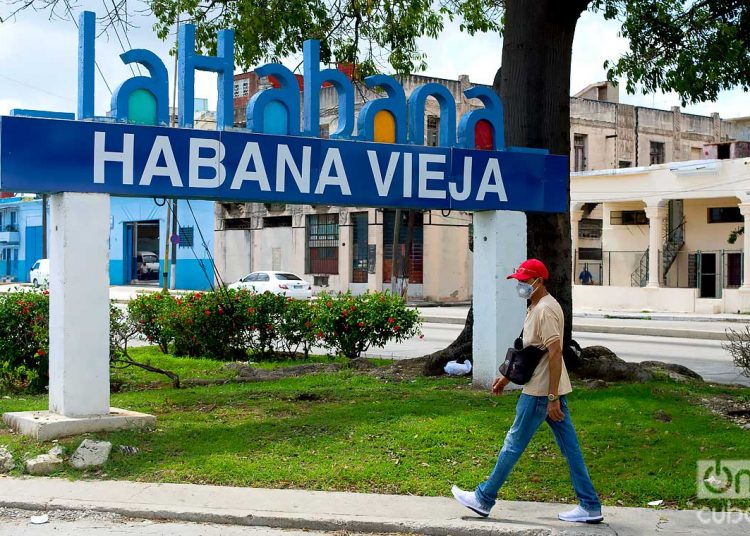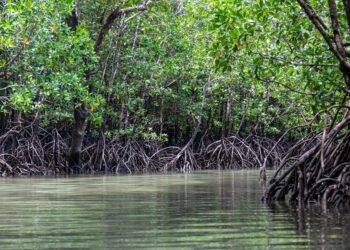Help us keep OnCuba alive here
The Cuban government detailed this Thursday, without setting precise dates, its progressive plan for the return to normality after almost three months of restrictions due to the coronavirus. It will begin with a three-phase first stage that could start next week “if no incidents occur.”
President Miguel Díaz-Canel and Prime Minister Manuel Marrero appeared this Thursday on state television to report on the “gradual and phased” easing itinerary, subject to each area’s sanitary conditions.
Each province will have its own calendar. Havana, which registers the majority of the more than 2,000 confirmed cases of the virus and continues to report infections, will be the last region of the island to enter the “new normality.”
The president insisted that they will be “cautious” and will not rush the de-escalation because they want to avoid at all costs a second wave of the virus. “The challenge would be to prevent the disease from becoming endemic,” he said.
He stressed that if necessary the restrictions could be reinstated in areas where a focus of the disease arises.
The first stage of “post-COVID-19 recovery” is divided into three phases, the duration of which has not yet been specified.
Some measures such as the use of masks, social distancing and active screenings in the community “are here to stay,” Díaz-Canel warned.
A second stage will be dedicated to implementing an “economic strengthening strategy to face a prolonged crisis at the global level,” which in Cuba’s case will also be aggravated by the strengthening of the U.S. embargo in the last two years.
These are some of the measures of the plan announced this Thursday:
FIRST AND SECOND PHASE
– Commercial flights continue suspended.
– Nationals and foreigners residing on the island who enter Cuban territory in this period must observe a quarantine of fourteen days in state isolation centers.
– Capacity restrictions are maintained in meeting rooms.
– Strict protection measures will be maintained for personnel at risk such as health workers.
– The government will guarantee salaries to state employees and social services.
– Teleworking will be promoted.
– The payment of personal income tax continues being suspended.
– The extension of citizenship rights is maintained for Cubans who exceed 24 months outside the country (currently 445,000 Cuban residents remain abroad).
– The government will automatically extend the procedures for investment ventures and foreign companies that are about to expire.
– Massive events, fairs and carnivals will be prohibited.
– The sale of basic need products through the ration book and the regulation of articles in shops are maintained in all three phases.
– The deferment of payment of credits is also maintained in the three phases.
FIRST PHASE
– The mandatory use of the facemask outside the home continues.
– All hospital and dental services restart at 50% capacity.
– Tourism will open only for Cubans, not including the northern and southern keys of the island.
– Private and public passenger transportation restarts in cities and between municipalities in the same province.
– The autonomous or “self-employed” sector resumes its activities.
– Payment of protection for unemployed artists is maintained.
– Funerals with limitations will be allowed and legal services such as weddings or trials will be reopened according to their urgency.
– Religious services are restarted with social distancing.
– Limited visits to prisons are allowed (Cuban prisons have been kept free of COVID-19, according to official data).
– Shopping centers and non-food related department stores reopen.
– Restaurants and cafes with capacity limitations of 30 to 50% reopen.
– Museums and other leisure centers such as zoos, social centers and botanical gardens reopen at 50% capacity.
– Swimming pools are reopened with a 30% capacity limit.
– Beach stays will be allowed under police supervision.
SECOND PHASE
– The use of the facemask continues in closed-in places or where there is a high concentration of people.
– Hospital and dental services increase to 75% of capacity.
– The country opens up to international tourism, concentrated only in the northern and southern keys of the island. Each traveler will have their temperature taken several times and a PCR test will be performed to determine the presence of the virus. In hotels they will be under surveillance by a group of health specialists.
– Car rentals for tourists reopen.
– Private and public passenger transportation between provinces restarts.
– Government starts granting new licenses for self-employment.
– The payment of taxes and the collection (retroactive) of gas, electricity and telephone services are reactivated.
– The capacity of restaurants and cafes is expanded to 60%.
– Classrooms reopen (the 2019-2020 school year will resume next September and the 2020-2021 academic year will begin in November).
– The training of high-performance athletes begins and the resumption of the 60th National Baseball Series is expected with probable capacity limitations in the stadiums.
– Cinemas and theaters reopen with capacity limitations.
THIRD PHASE
– Limited visits to hospitals are allowed.
– Borders reopen. In this phase international tourists will be able to access destinations in the rest of the country, although the Cuban authorities are studying whether it will be necessary to separate foreigners from nationals. The health protocol is maintained at each flight’s arrival.
– Private rental houses (with hygiene protocol and system to report clients with respiratory symptoms) reopen to accommodate foreign tourists.
Images from Auge published with the express authorization of their authors.
EFE/OnCuba















